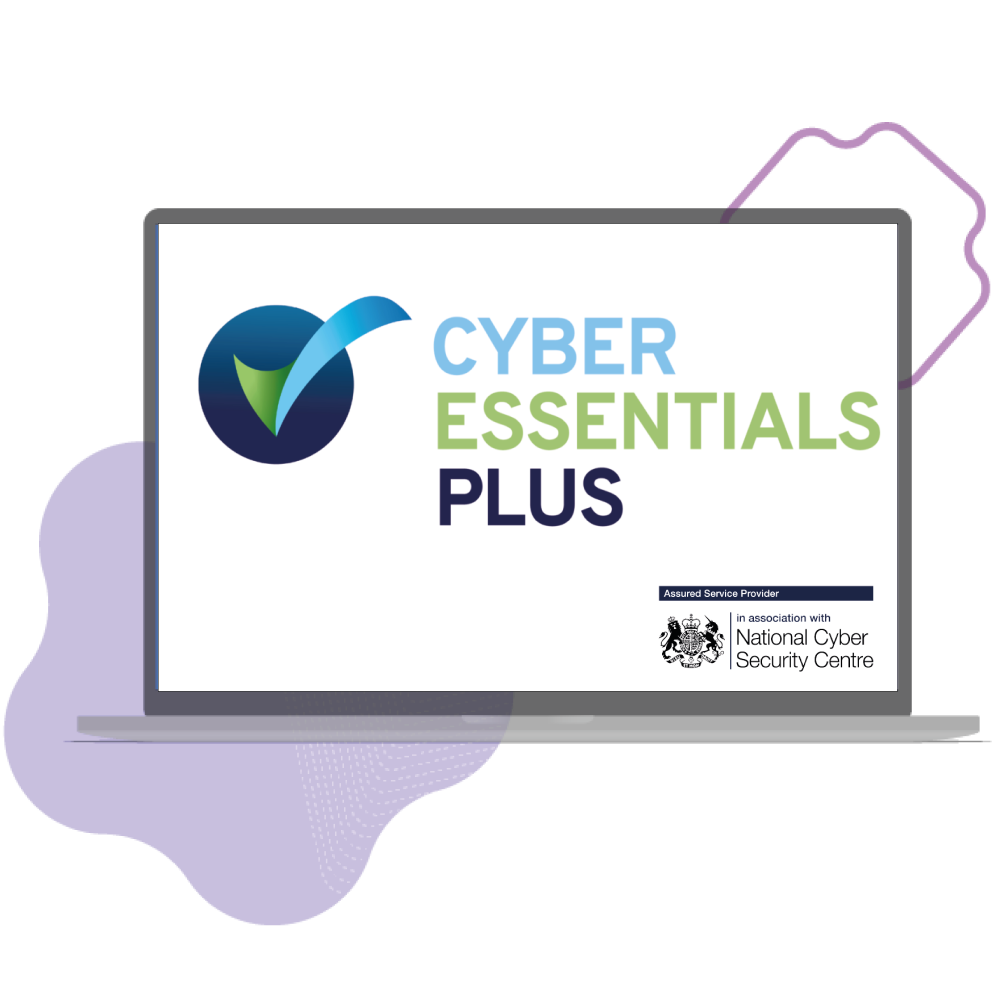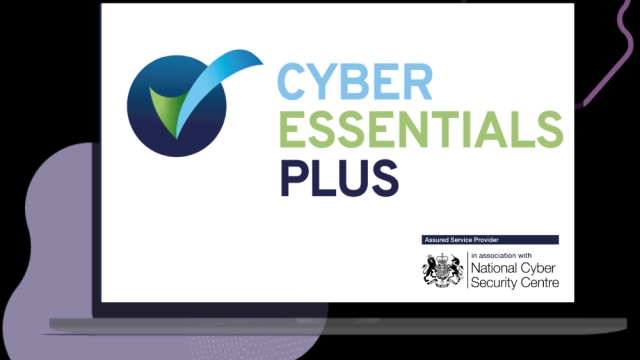
The realm of cybersecurity has become increasingly vital as our world becomes more interconnected. With every aspect of our lives linked to the digital landscape, it is imperative that we take the necessary steps to protect ourselves and our information from cyber threats. This is where Cyber Essentials comes into play. Cyber Essentials is a government-backed certification that helps individuals and businesses guard against the most common cyber risks. By implementing these essential security measures, we can actively combat the ever-present danger of cyberattacks. In this article, we will delve into the key aspects of Cyber Essentials, exploring its significance, benefits, and how it can serve as a foundation for safeguarding our digital lives.
Understanding Cyber Essentials
Cyber Essentials is a crucial aspect of modern-day security practices. It encompasses a set of fundamental principles and guidelines that organizations must adhere to in order to protect themselves against cyber threats. By implementing Cyber Essentials, businesses and individuals can bolster their defenses and minimize the risk of falling victim to malicious activities. Let’s delve into the key aspects of Cyber Essentials and how they can help safeguard your digital presence.
First and foremost, Cyber Essentials emphasizes the importance of robust cybersecurity measures. By focusing on the essentials, organizations can establish a solid foundation for their security infrastructure. This includes areas such as network security, device configuration, and access control. Adhering to these principles ensures that potential vulnerabilities are identified and addressed promptly, preventing unauthorized access and potential data breaches.
Another vital aspect of Cyber Essentials is the implementation of proactive monitoring and threat detection systems. These tools enable organizations to identify and respond to potential security incidents in real time. By actively monitoring networks, systems, and applications, businesses can detect abnormal activities or suspicious behaviors, allowing them to take immediate action and mitigate potential damage.
Furthermore, Cyber Essentials promotes regular training and awareness programs for employees. Human error is often exploited by cybercriminals, highlighting the importance of educating individuals about best practices and potential risks. By fostering a culture of cyber awareness, organizations can empower their staff members to play an active role in maintaining a secure digital environment.
In conclusion, understanding Cyber Essentials is paramount in today’s interconnected world. By implementing these essential security principles and guidelines, organizations can fortify their defenses and minimize the risk of cyber threats. From establishing a robust security infrastructure to proactive monitoring and ongoing training, Cyber Essentials provides a framework for safeguarding against potential vulnerabilities and ensuring a safer digital landscape for all.
Benefits of Cyber Essentials
Implementing Cyber Essentials can provide several key benefits for individuals and organizations alike.
-
Enhanced Security: By adhering to the Cyber Essentials framework, you can significantly strengthen your security measures. This includes implementing basic security controls such as firewalls, secure configurations, and user access controls. These measures help protect your systems and data from unauthorized access, reducing the risk of cyberattacks.
-
Improved Trust and Reputation: Demonstrating your commitment to Cyber Essentials can build trust among your customers, partners, and stakeholders. By obtaining Cyber Essentials certification, you provide reassurance that you have taken adequate steps to safeguard sensitive information and mitigate cyber threats. This can enhance your reputation and make you a more attractive choice for potential clients and business partners.
-
Compliance with Regulatory Requirements: Many industries have specific regulations and guidelines relating to cybersecurity. Cyber Essentials can help ensure that you meet these requirements and maintain compliance. By implementing the necessary controls, you can reduce the risk of non-compliance penalties and protect your organization from reputational damage.
Remember, implementing Cyber Essentials is a crucial step towards establishing a robust cybersecurity posture, protecting your business, and instilling confidence in your customers and stakeholders.
Implementing Cyber Essentials
To successfully implement Cyber Essentials, there are several key steps that organizations should follow:
-
Understand the Scope: Before starting the implementation process, it is important to clearly identify the scope of Cyber Essentials within your organization. This involves determining which systems, networks, and devices will be included in the assessment and certification process. By defining the scope upfront, you can ensure that the necessary security controls and requirements are applied consistently across all relevant areas.
-
Perform a Risk Assessment: Conducting a thorough risk assessment is crucial to identify potential vulnerabilities and threats that your organization may face. This assessment will help you understand the specific risks that need to be addressed and guide the selection of appropriate security controls. By evaluating the potential impact and likelihood of different risks, you can prioritize your efforts and allocate resources effectively to mitigate them.
-
Implement Security Controls: With the risks identified, the next step is to implement the necessary security controls to protect your organization’s systems and data. Cyber Essentials provides a set of foundational security controls that focus on areas such as boundary firewalls, secure configuration, access control, malware protection, and patch management. By implementing these controls, you can create a baseline level of security that helps safeguard against common cyber threats.
Remember, implementing Cyber Essentials is an ongoing process that requires continuous monitoring, updates, and improvements. By regularly reviewing and refining your security practices, you can stay one step ahead of cybercriminals and minimize the risks to your organization’s digital assets.
